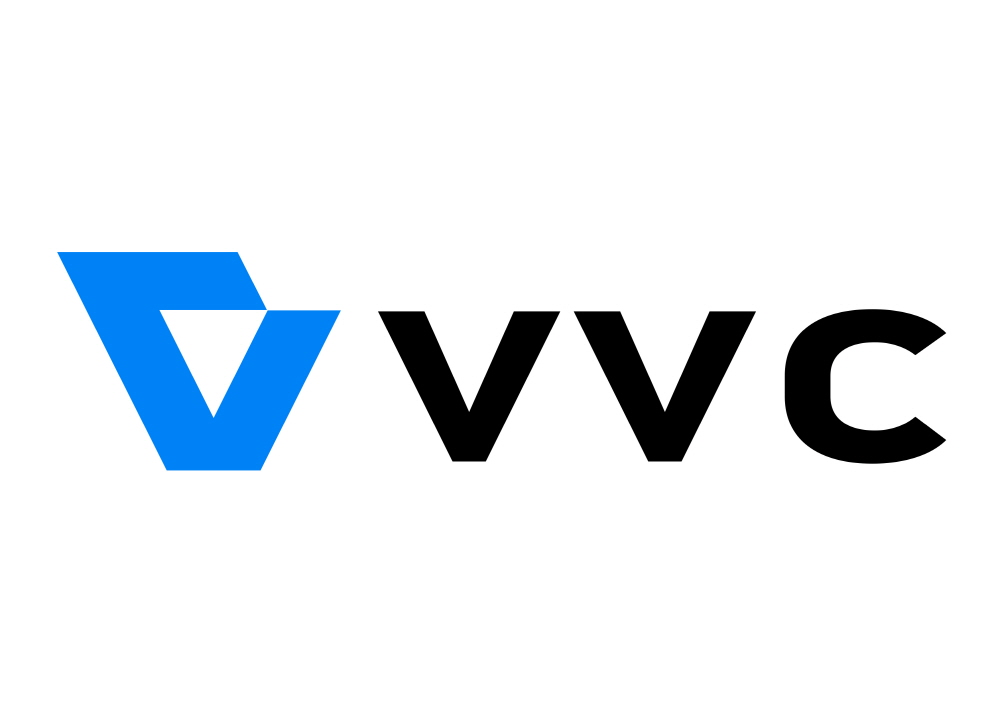
HHI (Fraunhofer Heinrich Hertz Institute) has announced H.266/VVC, the next generation standard of H.265/HEVC, a video compression standard that is basically supported by various operating systems such as Windows, macOS, Android, and iOS. H.266/VVC can improve data compression efficiency and reduce bitrate by 50%.
Currently, compressed video data accounts for 80% of Internet traffic. By using H.266/VVC, a new video compression standard released by HHI, all resolution video data capacity such as SD, HD, 4K, and 8K can be reduced by 50% compared to the existing H.265/HEVC.
H.266/VVC and H/265/HEVC are video compression standards that support more than 10 billion digital devices, and they compress and process more than 90% of video data around the world. In contrast, H.266/VVC, which has overwhelmingly good data compression efficiency, can transmit video more efficiently in mobile networks where data capacity is limited. For example, H/265/HEVC 90 minutes 4K So, if you create a 3840×2160 resolution video file, the data capacity is about 10GB. However, if you create a video file under the same conditions in H.266/VVC, the data capacity can be reduced by 50% to 5GB.
H.266/VVC is a standard developed with ultra-high resolution video content compression in mind, so it is particularly useful when streaming 4K or 8K video. It can also be helpful when using high-resolution 360-degree videos and screen sharing content. HHI emphasizes that it will be the best standard for all types of images.
According to HHI, the development of H.266/VVC took three years. H.266/VVC is distributed on the basis of a fair and non-discriminatory FRAND license used in the standardization process. HHI will release its first software to support H.266/VVC in the fall of 2020. Related information can be found here .


















Add comment